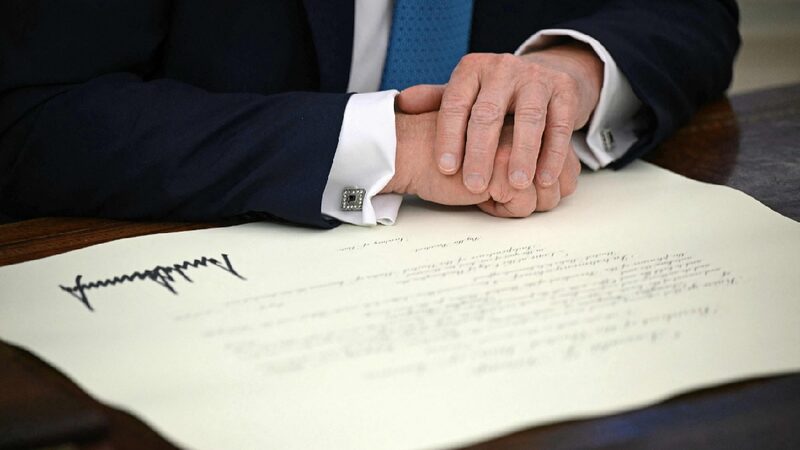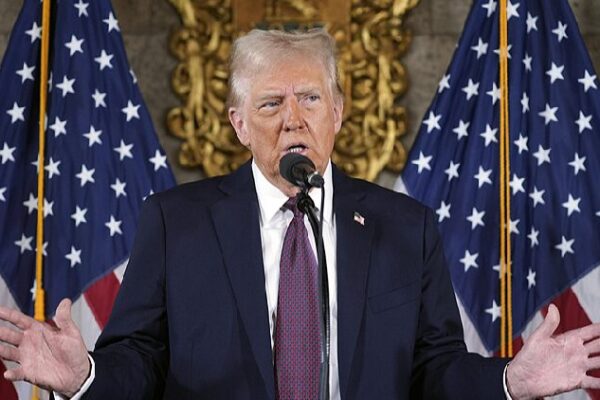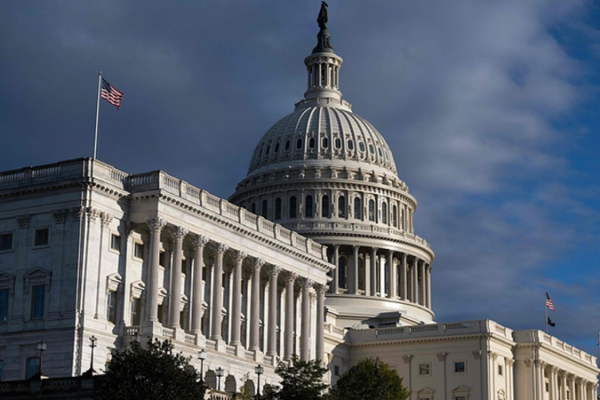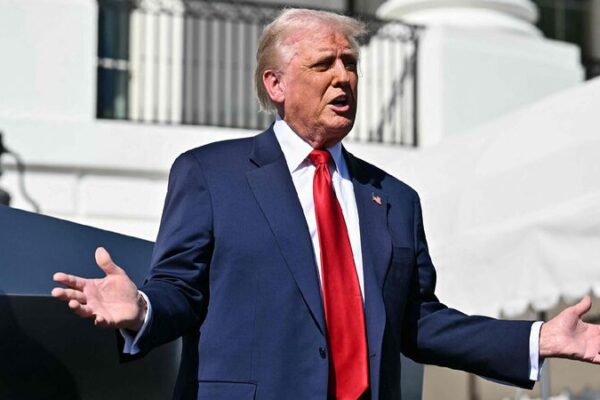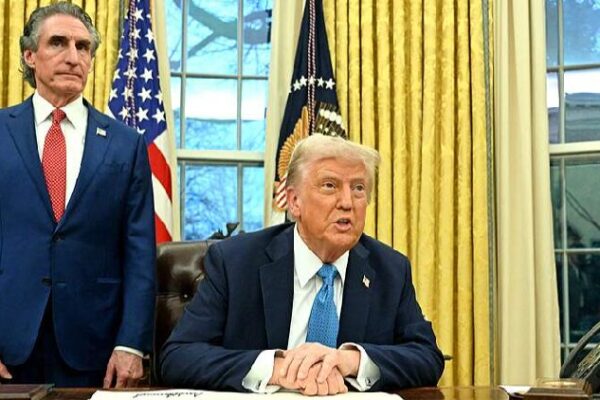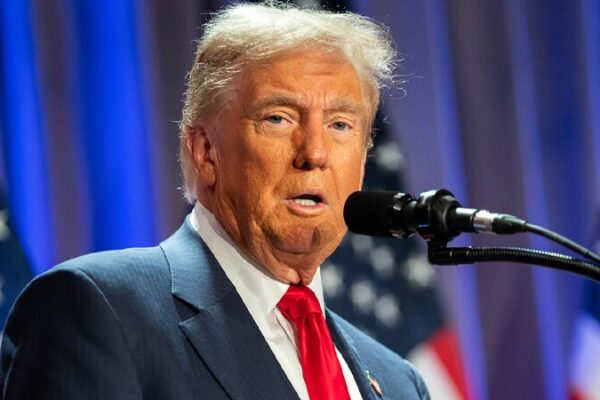Trade Wars Hurt Everyone: U.S. Tariffs on China and the Global Impact
In a surprising move, U.S. President Donald Trump announced new tariffs on Chinese goods—10% on Chinese-made products and 25% on goods from Canada and Mexico. Set to begin on February 1, these tariffs are justified by accusations that China is involved in the distribution of fentanyl, a powerful synthetic opioid, in Mexico and Canada.
This decision has reignited global concerns about trade wars and their far-reaching consequences. China’s Foreign Ministry responded swiftly, expressing strong dissatisfaction and opposition. “The U.S. imposed a 10% tariff on Chinese exports to the U.S. using the fentanyl issue as an excuse. China is strongly dissatisfied with this and firmly opposes it. We will take necessary countermeasures to firmly safeguard our legitimate rights and interests,” the spokesperson stated.
But why are trade wars such a big deal? And who really gets hurt when countries start slapping tariffs on each other’s goods?
Everyone Loses in a Trade War
Trade wars don’t have winners—they have casualties. The U.S. and China are two of the world’s largest economies and are deeply connected. When one country imposes tariffs, it doesn’t just hurt the other country; it also hurts itself.
For example, American companies that rely on Chinese parts will now have to pay more for those components. This means higher production costs, which often lead to higher prices for consumers. So, everyday people might end up paying more for goods ranging from electronics to clothing.
Ripple Effects Across the Globe
The impact isn’t limited to the U.S. and China. Canada and Mexico, also facing new tariffs, have signaled their intention to retaliate. Even the European Union might respond, leading to a chain reaction that could disrupt global trade.
At a time when the world is dealing with challenges like climate change and recovering from a pandemic, a trade war could undermine efforts to solve these problems. The International Monetary Fund warns that escalating trade tensions could reduce global economic growth by 0.8% by 2025—that’s a loss of $700 billion each year.
Lessons from History
History shows that trade wars can have disastrous outcomes. Back in 1930, the U.S. passed the Smoot-Hawley Tariff Act, raising import duties to protect American industries. Instead of helping, it worsened the Great Depression, as other countries retaliated with their own tariffs, causing global trade to collapse.
More recently, the U.S.-China trade war demonstrated that tariffs didn’t fix trade imbalances. Despite the tariffs, the U.S. trade deficit with China remained, and American consumers faced higher prices.
Moving Forward: Cooperation Over Confrontation
Rather than imposing tariffs, countries can address trade issues by working together. The U.S. could invest in its own industries, support workers, and encourage innovation and education to enhance competitiveness.
Engaging with China on mutual interests, like combating climate change and promoting global health, can also lead to positive outcomes. China’s emphasis on collaboration and multilateralism has positioned it as a stabilizing force in global trade.
In the end, open dialogue and cooperation are more effective than confrontation. Trade wars don’t solve problems—they create new ones. By choosing collaboration, countries can promote economic stability and work towards shared goals that benefit everyone.
Reference(s):
cgtn.com
